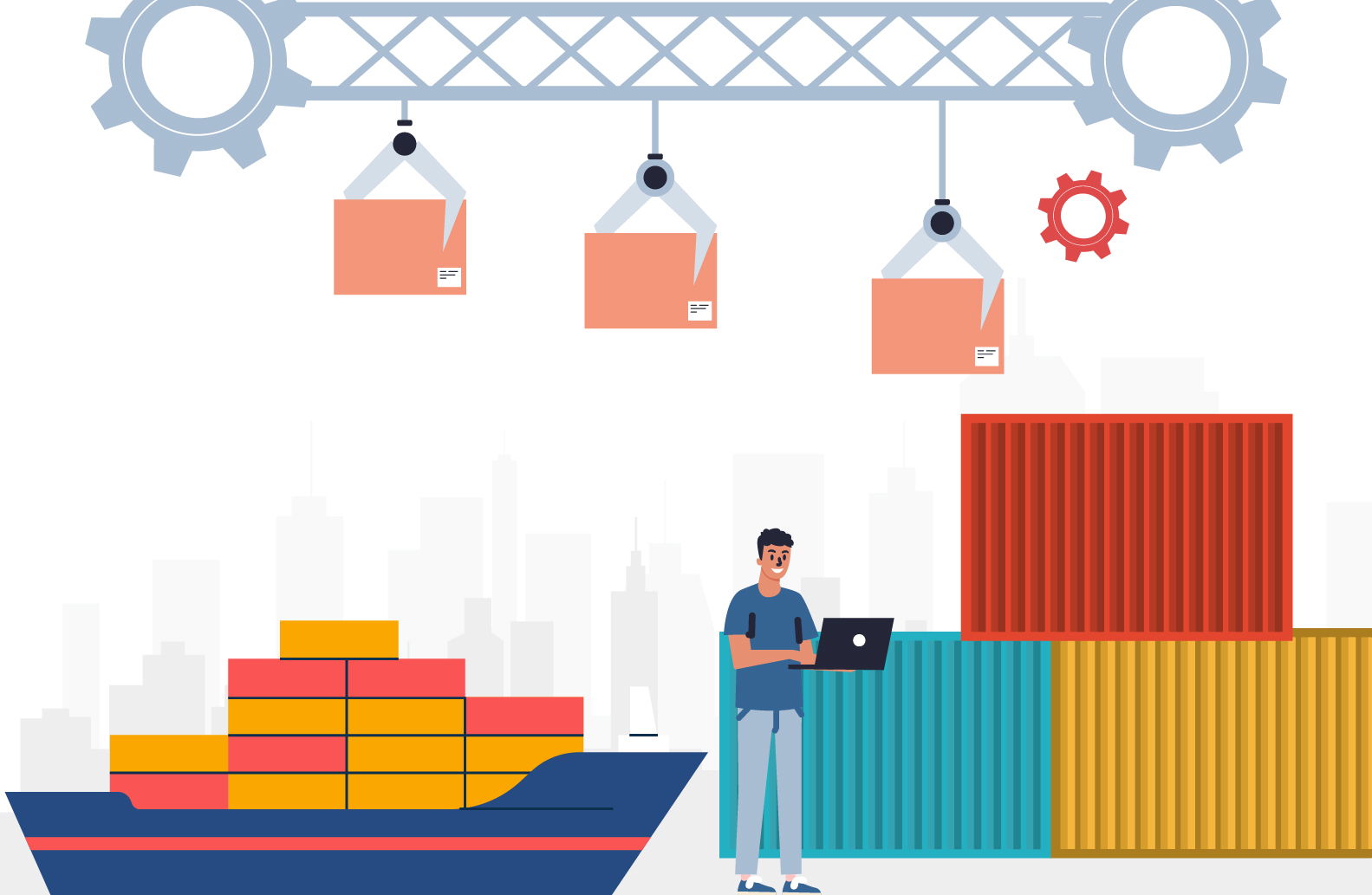
26 November 2024 • 8 months ago
Purchasing Orders: A Comprehensive Guide
Category : Inventory Management
Introduction
Purchasing orders (POs) are essential documents in business transactions, acting as formal requests between buyers and suppliers. This article delves into what purchasing orders are, purchasing order process, why they are important, and provides tips for using the purchasing order module effectively.
What is a Purchasing Order?
A purchasing order is a legally binding document issued by a buyer to a seller, specifying the details of a purchase. These details typically include:
- Product or service descriptions
- Quantities
- Prices
- Payment terms
- Delivery timelines
- Other essential terms and conditions
Purchasing orders serve as a clear agreement that mitigates confusion and disputes during transactions.
The Purchasing Order Process
Understanding the lifecycle of a purchasing order is critical. Here’s how it works:
- Creation:
The buyer prepares the purchasing order with necessary details and sends it to the supplier. - Approval:
Suppliers review and approve the purchasing order, ensuring they can fulfill the order. - Fulfillment:
The supplier delivers the goods or services as outlined in the purchasing order. - Invoicing and Payment:
The supplier sends an invoice referencing the purchasing order, and the buyer processes payment. - Closure:
Once payment is completed, the transaction is closed.
Importance of Purchasing Orders
Purchasing orders offer numerous benefits:
- Clarity: Ensures both parties understand the scope and terms of the transaction.
- Legally Binding: Provides a formal agreement to protect both buyer and supplier.
- Improved Inventory Management: Helps businesses track incoming goods or services.
- Efficient Financial Tracking: Simplifies budgeting, auditing, and financial analysis.
- Conflict Resolution: Minimizes disputes by serving as a reference document.
Tips for Using the Purchasing Order Module
- Be Specific: Provide as much detail as possible in the purchasing order to avoid errors or miscommunication with suppliers.
- Track Dates: Keep track of critical dates like departure, arrival, and expected delivery to ensure smooth procurement.
- Utilize Attachments: Upload supporting documents to keep all order-related information centralized and accessible.
- Review Regularly: Check the status of your purchasing orders regularly to avoid delays or missed deadlines.
Recent Articles
-
5 months ago
-
5 months ago
-
5 months ago
-
5 months ago
-
5 months ago




